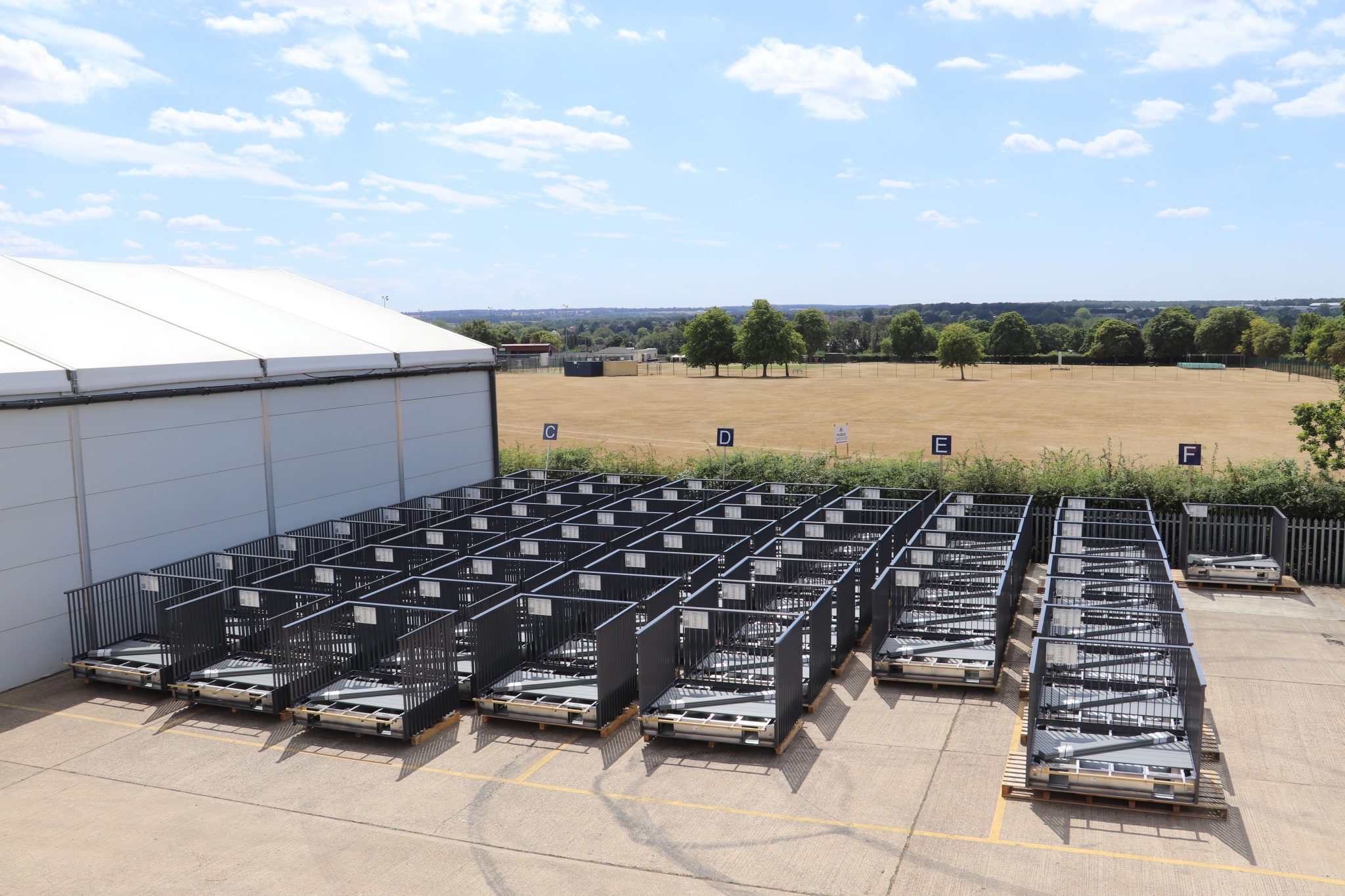Can modular construction solve Canada’s housing crisis?

To commemorate World Architecture Day, celebrated annually on October 8, Nick Haughton, environmental, social, and governance (ESG) director of Sapphire Balconies, spoke with Tanya Martins from Construction Canada about how modular construction can help address Canada’s housing crisis.
In what ways are prefabricated elements, such as modular balconies, shaping design strategies for high-density housing projects in Canada?
As modular construction gains momentum, components like prefabricated balconies are transforming high-density housing design in Canada by enhancing sustainability, efficiency, and safety. For instance, BC Housing’s Vienna House project is the first B.C. building to use these kinds of modular balconies, providing residents with semi-private outdoor space without undermining the project’s ambitious energy-efficiency goals.
What are the key advantages of using prefabricated elements in large-scale residential construction?
Modular construction can be a powerful driver in meeting Canada’s net-zero objectives. Because modular components are built in a controlled environment, materials are used more efficiently, waste is minimized, and quality is easier to control, resulting in tighter envelopes and better energy performance.
There’s also a transportation and emissions advantage: site disruption is minimized, reducing the environmental impact on local communities. Modular design also lends itself well to the integration of green technologies, like solar panels, geothermal systems, and passive design strategies, which can be engineered into modules from the outset.
Can you explain how modular construction helps accelerate project timelines, and what impact this has on meeting Canada’s housing supply demands?
One of the most compelling arguments for integrating modular construction is its ability to expedite construction. Unlike traditional methods, modular construction enables off-site fabrication to occur simultaneously with early site work, shaving weeks or even months off construction timelines and allowing buildings to be completed with fewer delays and less disruption to local communities.
By streamlining the building process, modular construction reduces costs, ensures consistency, and simplifies construction. As a result, it has become an increasingly practical and effective approach to addressing Canada’s housing shortages.
How is the integration of modular components changing the way Canadian developers plan and execute high-rise projects compared to traditional construction methods?
Compared to traditional construction methods, modular components offer significant advantages in efficiency, sustainability, and safety. Traditional methods, such as pouring concrete balconies on-site, are labour-intensive, prone to inconsistencies, and create thermal bridging, which leads to energy loss. In contrast, modular systems are fabricated off-site in controlled environments, ensuring precision and reducing material waste.
With programs such as Build Canada Homes supporting modular construction, what trends or innovations do you foresee shaping the next decade of sustainable housing in Canada?
The Build Canada Homes initiative will likely steer Canadian architecture towards standardized, modular, and productized designs that prioritize efficiency, repeatability, and speed. Over the next decade, we anticipate new opportunities for manufacturers, architects, and contractors to collaborate on scalable, innovative solutions.
With the sector adapting to tariff pressures and shifting market conditions, this momentum provides welcome relief and a path forward. It opens doors to expanding domestic manufacturing capacity, integrating sustainable technologies, building skilled talent pipelines, and strengthening expertise in navigating Canada’s diverse building codes.
Nick Haughton heads global thought leadership at Sapphire Balconies and works to educate the market through the delivery of technical continuing professional development (CPD) lunch-and-learn presentations, early-stage design meetings, events, and industry thought leadership. Haughton spearheads Sapphire’s environmental, social, and governance (ESG) strategy and runs the ESG committee, driving sustainable-focused progress into Sapphire’s business activities and plans.




